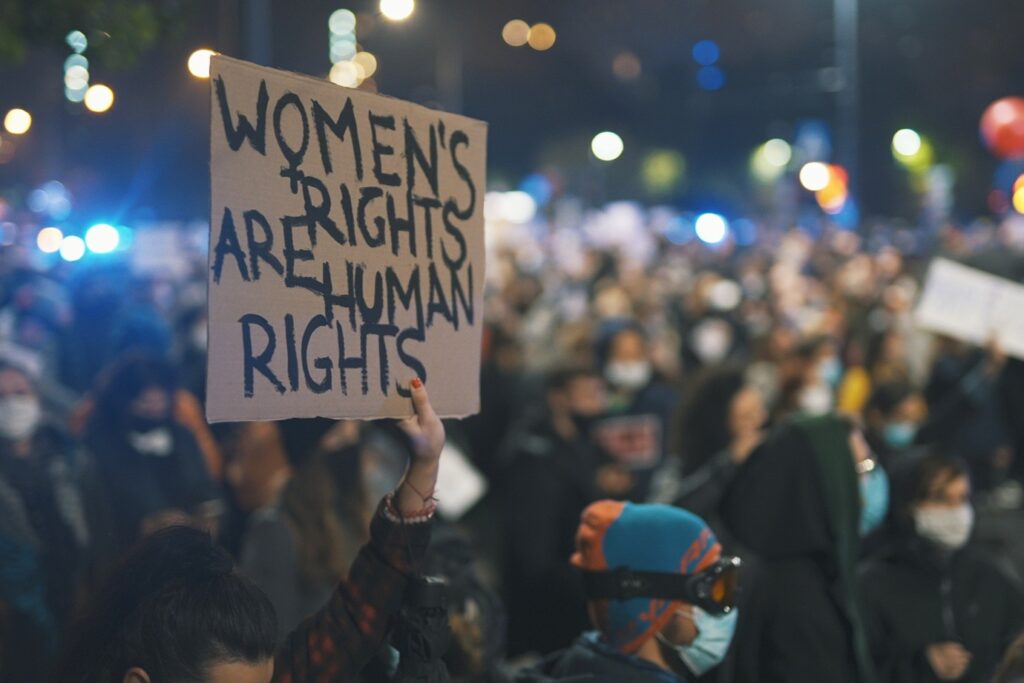To close the global gender gap, a new report shows progress must happen on three fronts: stronger laws, stronger institutions and stronger outcomes.
Achieving gender parity isn’t just a moral imperative, but a smart economic strategy, according to the 2025 Global Gender Gap Report, a joint report from the World Economic Forum and the World Bank’s Women, Business and the Law project.
Estimates show achieving gender equality in the labour force could boost long-run GDP per capita by 20 per cent on average across countries. In entrepreneurship, this could add between $5-6 trillion to the global economy.
Legal gender equality could also help foster convergence of income across countries, which would allow poorer countries to catch up with the living standards in advanced economies. However, legal and policy barriers remain a challenge to achieving this, as many countries still have laws that entrench gender exclusion.
Of the 190 economies analyzed by Women, Business and the Law, 96 still don’t prohibit gender-based discrimination in access to credit. Ninety-two don’t require equal pay for equal work, 77 still bar women from jobs that are often higher paid and 18 countries still have laws that require a wife to obey her husband.
Analysing these gender gaps, the World Economic Forum’s Global Gender Gap Index shows that countries with stronger legal frameworks tend to achieve better gender parity outcomes, such as higher female labour force participation, improved access to education and healthcare, more equitable pay and stronger political representation.
The data highlights that strong gender equal laws lay the foundation for measurable gender equality progress.
Managing Director of the World Economic Forum, Saadia Zahidi says this year’s edition of the report “arrives at a decisive moment, with the world in flux”.
“Technological breakthroughs, geopolitical conflict and economic uncertainty are creating unprecedented challenges as well as bringing new opportunities. Amid such change, gender parity is both a principle and a strategy.”
The report shows that the global gender gap now stands at 68.8 per cent closed, meaning the world is still 123 years away from full gender parity at the current pace.
Gaps in health (96.2 per cent closed) and education (95.1 per cent closed) have made greater progress than others, such as economic participation (61 per cent closed) and political empowerment (22.9 per cent closed).
The report notes that while laws and policies are critical to closing these gaps, they must be backed by strong systems and supportive social norms.
For example, 98 economies have enacted legislation mandating equal pay for women for work of equal value. However, only 35 economies have adopted pay-transparency measures or enforcement mechanisms to address the pay gap.
“To close gender gaps, progress must happen on all three fronts: stronger laws, stronger institutions and stronger outcomes,” the report says. “No single effort is enough. Lasting change depends on aligning all three.”


